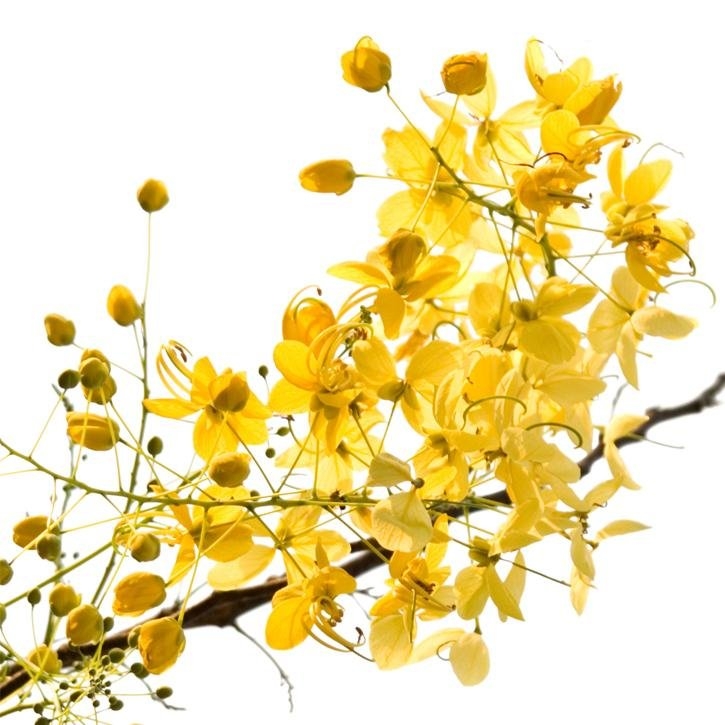Senna seems to have been used since the IX or X century and its introduction in medicine was from Arabian doctors, who used the leaves as well as the fruits. It might be original form
It is a sub-shrub of 40 to
Senna species is found in pre-desertic areas of Africa and Asia:
> Cassia angustifolia: It’s original from Southern India (Tinnevelly region) from where most of the commercial drug comes. The plant requires a warm weather (temperature should not be lower than
> Cassia acutifolia: It’s original from tropical Africa and is found as a wild plant, but in Sudan, it is cultivated. Alexandria exports it.
External use
- Plantas Medicinales. Margarita Fernandez y Ana Nieto. Ed Universidad de Navarra. EUNSA 1982.
- Matière Médicale. RR Paris- H. Moyse. Masson 1981.
- Guía de Campo de las Flores de Europa. Oleg Polunin. Ediciones Omega S.A. Barcelona, 1977.
- Guía de las Plantas Medicinales. Paul Schauenberg y Ferdinand Paris. Ediciones Omega S.A.
- El gran libro de las Plantas Medicinales. Editorial Everest. S.A.
- Plantes Médicinales des Régions Tempérées. L. Bézanger-Beauquene, Pinkas, Torck, Trotin.
- Plantas Medicinales. Thérapeutique-Toxicité. Christiane Vigneau. Masson, Paris 1985.
- Fitoterapia: Vademecum de Prescripción. Plantas Medicinales. Colaboran: Asociación española de médicos naturistas. Colegio Oficial de Farmacéuticos de Vizcaya.
- Pharmacognosy, Phytochemistry, Medicinal Plants. Jean Bruneton. Lavoisier Publishing.
- Plantas Medicinales. El Dioscórides Renovado. Pio Font Quer.
- Pharmacopée Française IX Édition.
- Farmacognosia 2ª Edición. Jean Bruneton. Ediciones Acribia S.A. 2001.
- Bulletin officiel Nº 90/22 bis. Ministère des Affaires Sociales et de la Solidarité.
- French Public Health Code.
- Bross B. Plantas y sus aceites esenciales. Ed. Omega, 1994.
- Martindale. The extra Pharmacopoeia 29th Edition. The Pharmaceutical Press 1989
- The Complete German Commission E Monographs. Therapeutic Guide To Herbal Medicines. Mark Blumenthal. American Botanical Council 1998.
- Pharmacognosy, Phytochemistry, Medicinal Plants. Jean Bruneton. Lavoisier Publishing.
- Database Management Unit of the National Germplasm Resources Laboratory, Plant Sciences Institute (PSI), Beltsville Agricultural Research Center, Agricultural Research Service, U.S. Department of Agriculture.
- Samuelsson, G. Drugs of Natural Origin. A Textbook of Pharmacognosy. Stockholm: Swedish Pharmaceutical Press, 1992, p. 69.
